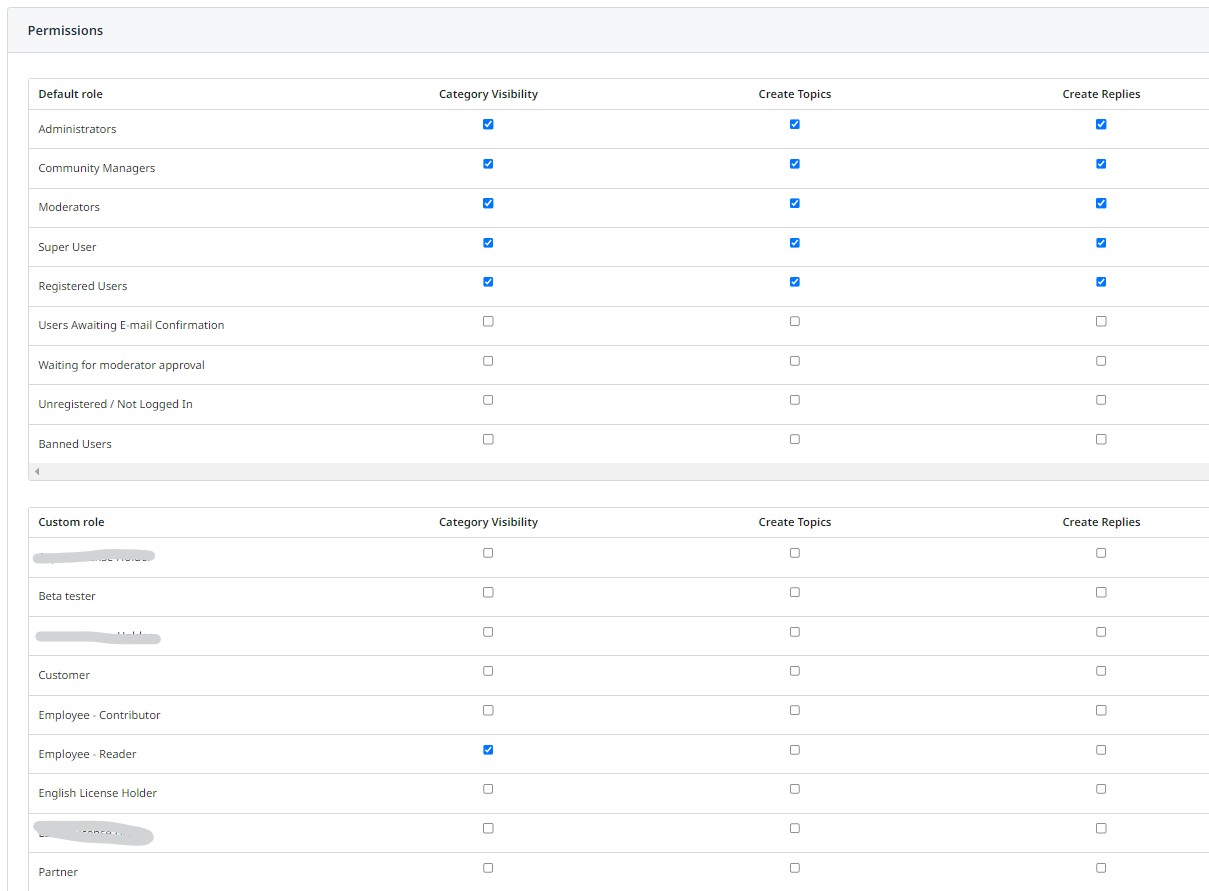How can I grant “Read Only” community access to employees? The use case is that we want to encourage employees to monitor what our customers are saying in the community but prevent them from posting until they have approval and training. Another use case is Sales people showing the community during product demos. We do want them to showcase the community but don’t want them to post or reply while logged in as a “demo user,” and we want to be able to filter these users out of our monthly reports. I tried searching for articles and other discussions on this but didn’t find anything.
Sign up
If you ever had a profile with us, there's no need to create another one.
Don't worry if your email address has since changed, or you can't remember your login, just let us know at community@gainsight.com and we'll help you get started from where you left.
Else, please continue with the registration below.
Welcome to the Gainsight Community
Enter your E-mail address. We'll send you an e-mail with instructions to reset your password.


